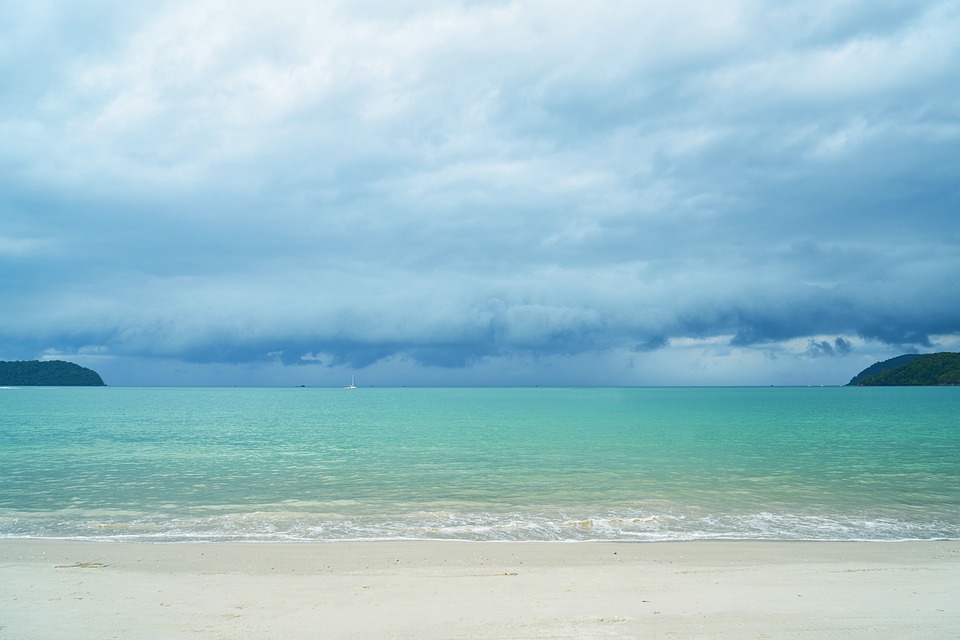<!-
- wp:paragraph –>
The New York Colony, originally established as the Dutch trading outpost of New Netherland in 1614, became a significant part of early American history. It was officially renamed New York in 1664 when the English seized control. This colony played a crucial role in trade and cultural exchange, primarily due to its strategic location along the eastern coast of North America. The climate of New York was instrumental in shaping the daily life and economy of its settlers, influencing agricultural practices, trade routes, and social activities.
Geography of the New York Colony
New York Colony was situated on the northeastern coast of North America, bordered by the Atlantic Ocean to the southeast. Its geography featured a diverse landscape that included:
- Major rivers such as the Hudson, Mohawk, and Genesee
- Lakes including Ontario and Erie
- Mountain ranges like the Adirondacks
This varied geography contributed to a humid subtropical climate characterized by distinct seasonal changes. The proximity to water bodies moderated temperatures, while the elevation differences created microclimates within the colony, affecting local weather patterns and agricultural viability.
Overview of New York Colony’s Climate
The climate in New York Colony can be described as temperate, with notable seasonal variations:
- Summers: Warm and humid, with average temperatures reaching up to 75°F.
- Winters: Cold and snowy, with average temperatures dropping to around 25°F.
Precipitation averaged about 45 inches annually, with most rainfall occurring during the summer months. Snowfall was common in winter, contributing to challenges in transportation and agriculture during that season. The climate varied significantly between coastal areas and inland regions, impacting settlement patterns and economic activities.
Impact of Climate on Agriculture and Economy
The climate of New York Colony was conducive to agriculture, supporting a variety of crops:
- Key crops: Wheat, corn, rye, and various vegetables like cabbages and beans thrived due to the long growing seasons enabled by mild winters and warm summers.
The mild climate also facilitated trade; however, harsh winters posed challenges for transportation routes. Colonists had to adapt their economic activities based on seasonal weather conditions, often leading to fluctuations in crop yields and trade efficiency.
Daily Life in the New York Colony and How Climate Played a Role
Colonists adapted their daily lives around seasonal weather changes:
- Housing: Homes were built with insulation techniques suitable for cold winters.
- Clothing: Seasonal clothing varied from heavy woolen garments in winter to lighter fabrics in summer.
Food preservation methods were essential for surviving harsh winters; techniques included drying and pickling.
The climate also influenced social activities. For instance:
- Festivals were often timed with harvest seasons.
- Market days were scheduled around favorable weather conditions.
Frequently Asked Questions (FAQs)
Q1: How did the winters in the New York Colony affect settlers?
Winters were harsh and cold, often leading to food shortages and difficulties in transportation due to snow accumulation.
Q2: What were the main agricultural products that thrived in the colony’s climate?
Wheat was a dominant crop along with corn, rye, apples, and various vegetables.
Q3: Did the New York Colony experience extreme weather events like hurricanes or blizzards?
Yes, while blizzards were common in winter months, hurricanes occasionally affected coastal areas during late summer.
Q4: How did the climate compare to other colonies in the region (e.g., New England or Southern colonies)?
New York’s climate was milder compared to New England’s harsher winters but cooler than that of Southern colonies. This made it suitable for a wider variety of crops than New England but less conducive for cash crops compared to Southern colonies.
Q5: How did settlers cope with harsh winters and hot summers?
Settlers utilized insulation techniques for homes during winter and engaged in food preservation methods. They also adjusted their work routines based on seasonal changes.
Conclusion
The climate of New York Colony played a pivotal role in its development. It influenced agricultural practices, economic activities, and daily life. The adaptability and resilience of early settlers allowed them to thrive despite climatic challenges, shaping a unique colonial culture that would lay foundations for future generations.

Kyle Whyte is a notable scholar and professor at the University of Michigan, holding positions such as the George Willis Pack Professor in the School for Environment and Sustainability and Professor of Philosophy. Specializing in environmental justice, his work critically examines climate policy and Indigenous peoples’ ethics, emphasizing the nexus between cooperative scientific endeavors and Indigenous justice. As an enrolled Citizen Potawatomi Nation member, he brings a vital perspective to his roles as a U.S. Science Envoy and member of the White House Environmental Justice Advisory Council. His influential research is supported by various prestigious organizations including the National Science Foundation, and disseminated through publications in high-impact journals. Kyle actively contributes to global Indigenous research methodologies and education, with affiliations to numerous institutes and societies dedicated to traditional knowledge and sustainability. Recognized for his academic and community engagement, Kyle has earned multiple awards and served in various visiting professorships. His efforts extend to leadership positions on boards and committees focused on environmental justice nationwide.
